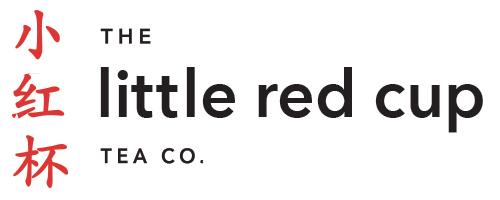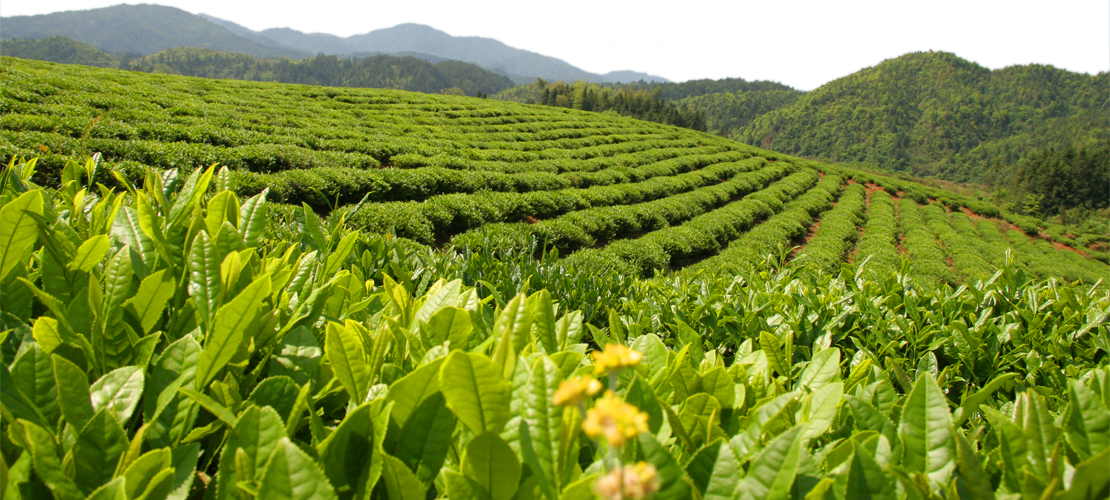Entirely unrecognizable as the beverage we think of as “tea”, descriptions of early tea preparations include one in which “The (tea) leaves were steamed, crushed in a mortar, made into a cake, and boiled together with rice, ginger, salt, orange peel, spices, milk, and sometimes with onions!” Remarkably, as we have personally experienced, this custom and variations thereon persist even to this day in some regions of China. Writing about this method of tea preparation nearly 1300 years ago, Chinese tea scholar Lu Yu condemns the resultant brew as nothing more than “the swill of gutters and ditches.”

Detail from one of the first paintings of tea preparation: Xiao Yi Trying to Swipe the Lanting Scroll, Song (960–1279) copy of a Tang original painting.
The preparation of tea has shifted over time– During the Tang Dynasty, as the consumption of tea spread from southern China to the rest of the country, tea was often compressed into more easily transportable cakes (much like today’s pu’er qi zi bing) and prepared by boiling. A shift in custom during the subsequent Song Dynasty saw a rise in the popularity of whipped tea– a preparation of powdered tea and hot water whisked to a frothy consistency.

This earliest yixing teapot, dated: 1533. Excavated in Nan Jing from the Ming Dynasty eunuch Wu Jing's tomb. More here.
It was during the Ming Dynasty that the style of tea preparation shifted to steeping, a method that persists to the present day. While differing in the details, whether regarding the formalities associated with various tea ceremonies or the routine preparation of the daily tea, most tea is prepared by pouring hot water on loose dried leaves. Prepared with a bit of ceremony using small clay pots, more tea is used, hot water is added to the vessel and dispensed quickly into small cups. For those with neither time nor inclination to stand on ceremony (which actually requires sitting– there’s no standing involved) generally a small amount of tea is put into an individual mug, hot water is added and is covered with a lid. The lid performs three functions– it helps to retain the heat, considered essential for tea drinking. It keeps dust and other detritus out of the cup. And finally it acts as a filter, being held so as to provide a very small gap through which the tea liquid may be drunk without the leaves. When the tea level becomes low, or the temperature falls too much, more hot water is added. Utilizing this method, the morning tea leaves last throughout the day.
Of course glass or porcelain teapots are used as well, but more often brought out for company. And for formal occasions there is the tea tray, the special clay pots, the small tea cups and the tea utensils, but stripped down to its essence, the tea is still made the same way– by brewing.

